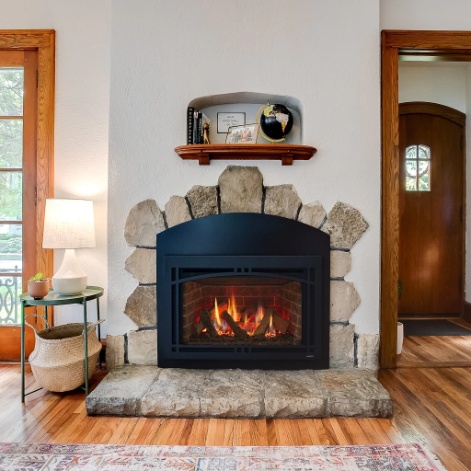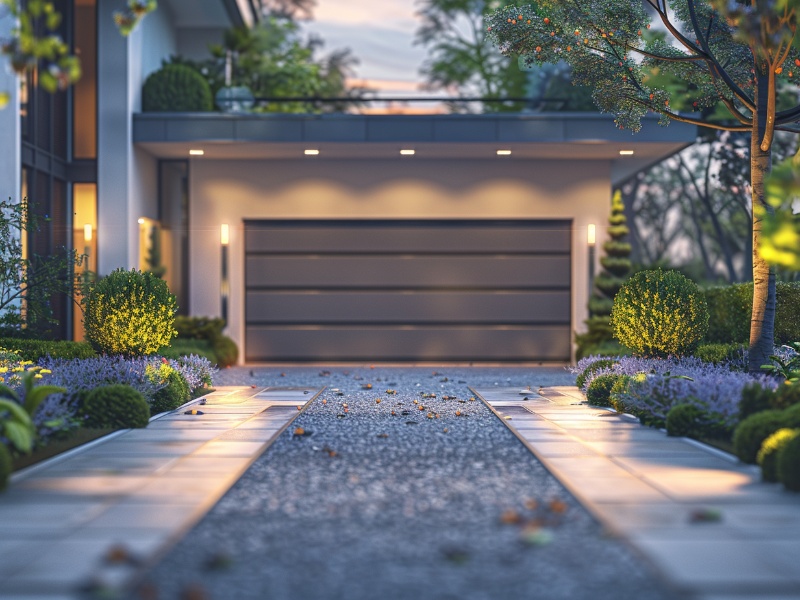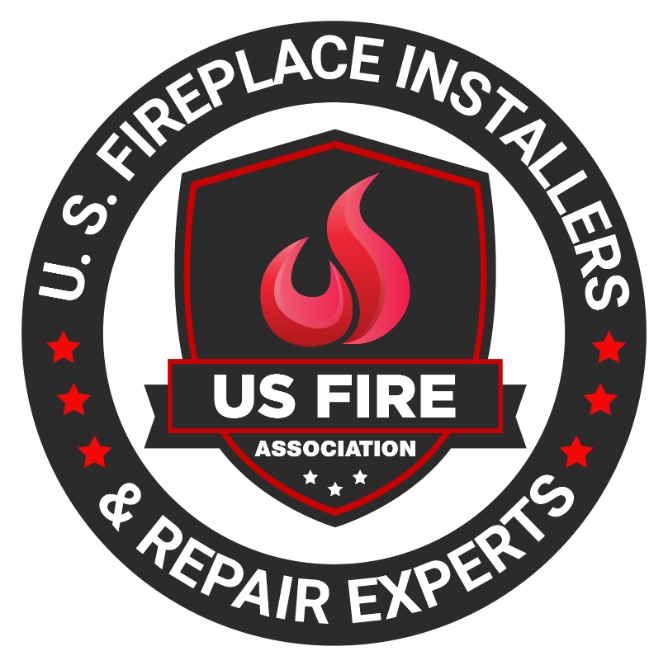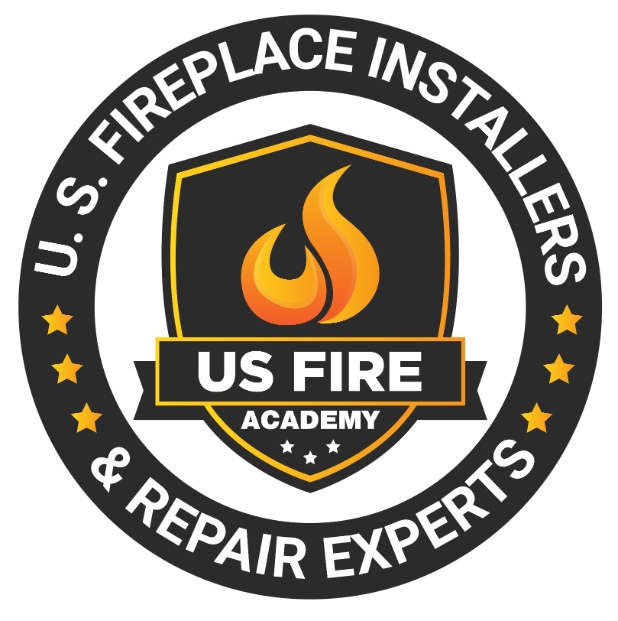Table of Contents
Considering adding a fireplace to your home? Will it increase your home value?
We will explore the different types of fireplaces available, the potential impact on your home’s value, and the factors that can affect this impact.
Discussing the pros and cons of having a fireplace, along with valuable tips for maximizing your home’s value with a fireplace addition. Discover if a fireplace is the right investment for your home!
What Are the Different Types of Fireplaces?
Fireplaces come in various types, offering different functionalities and aesthetics to enhance the ambiance and heating in a property.
- Wood-burning fireplaces, known for their traditional charm and crackling sounds, are a popular choice for those seeking a classic ambiance.
- Gas fireplaces, on the other hand, provide convenient operation with the flip of a switch, making them ideal for modern homes.
- Electric fireplaces offer versatility and easy installation, often requiring only a power outlet, perfect for apartments or spaces where traditional options may not be feasible.
Each type has unique installation requirements and maintenance needs, so considering the property setting and personal preferences is crucial when selecting the right fireplace.
Wood-Burning Fireplaces
Wood-burning fireplaces exude a traditional charm and provide a cozy atmosphere with the crackling sounds of burning logs and the warmth emanating from the hearth.
Their classic design offers a timeless appeal that blends seamlessly with various interior aesthetics, from rustic cabins to elegant manors. The hearth features of these fireplaces, with their intricate mantels and built-in storage compartments, not only serve a functional purpose but also add a touch of old-world charm to any space.
The rustic ambiance that wood-burning fireplaces create is unmatched, providing a feeling of comfort and nostalgia that draws people together to gather around the flickering flames.
Gas Fireplaces
Gas fireplaces offer a modern heating solution with convenient operation, energy efficiency, and customizable flame settings, enhancing both the utility and visual appeal of a property.
These contemporary fireplaces not only provide a cozy ambiance but also help in reducing energy costs, making them a sustainable choice for many homeowners. With the ability to control flame intensity and heat output, gas fireplaces offer users the flexibility to adjust settings based on their comfort level and room size. The hassle-free operation of gas fireplaces eliminates the need for storing and handling firewood, leading to a cleaner and more convenient heating experience.
Electric Fireplaces
Electric fireplaces provide a convenient heating alternative with easy installation, minimal maintenance requirements, and a wide range of design options to suit various interior aesthetics.
The simple installation process of electric fireplaces makes them a popular choice among homeowners looking for a hassle-free way to add warmth and ambiance to their living spaces. With no need for venting or chimney construction, setting up an electric fireplace is as easy as plugging it into a standard outlet.
These fireplaces require minimal maintenance, as they do not produce the ash, soot, or harmful emissions associated with traditional wood-burning fireplaces. The diverse design choices available in electric fireplaces cater to different tastes and styles, ranging from sleek wall-mounted units to cozy mantel designs, allowing individuals to find the perfect match for their home decor.
Do Fireplaces Actually Increase Home Value?
Fireplaces can significantly enhance the market value and desirability of a property, offering a cozy ambiance and appealing features that attract potential buyers and result in a higher return on investment.
The presence of a fireplace in a home creates a focal point that adds character and warmth, making the space more inviting and cozy. Potential buyers are often drawn to properties with fireplaces, appreciating the comfort and aesthetic value they provide.
Beyond just the visual appeal, fireplaces also offer practical benefits such as supplemental heating during colder months, which can be an attractive feature for prospective homeowners. This combination of aesthetics and function can contribute to a higher selling price and faster turnover in the real estate market.
The Aesthetic Appeal
The aesthetic appeal of fireplaces adds a touch of luxury and warmth to a property, creating a cozy environment that enhances its visual attractiveness and overall marketability.
Fireplaces serve as focal points in a room, drawing attention to their elegant design and inviting ambiance. Their mesmerizing flames and comforting crackling sounds evoke a sense of tranquility and charm, making them highly sought-after features in upscale homes.
Beyond their practical function of providing warmth, fireplaces also exude sophistication and style, elevating the property’s perceived value in the competitive real estate market. Potential buyers are often captivated by the allure of a well-appointed fireplace, envisioning evenings spent gathered around its glowing embers in a setting that epitomizes luxury and comfort.
The Added Comfort and Coziness
Fireplaces offer added comfort and coziness, providing warmth and a focal point that improves the overall comfort and utility of a property, making it more inviting to potential buyers.
The ambiance created by a crackling fire can instantly transform a space into a sanctuary of relaxation and warmth. Not only do fireplaces elevate the aesthetic appeal of a home, but they also serve as functional heating sources during colder months.
The gentle flicker of flames can create a soothing atmosphere, perfect for unwinding after a long day or entertaining guests in a cozy setting. Whether it’s a traditional wood-burning fireplace or a modern gas insert, the presence of a fireplace exudes a sense of charm and sophistication.
The Potential for Energy Savings
Fireplaces provide the potential for energy savings by serving as an efficient heating source that adds value to a property and reduces utility costs, making them a practical investment for homeowners.
A well-maintained fireplace can help to supplement a home’s primary heating system during colder months, leading to reduced reliance on central heating and lower energy consumption overall. Fireplaces equipped with energy-efficient features, such as thermostatic controls and fans to distribute heat evenly, maximize their heating capabilities while minimizing energy waste. By incorporating these energy-saving elements, homeowners can enjoy a cozy and warm ambiance while simultaneously lowering their utility bills and increasing the efficiency of their living space.
What Factors Affect the Impact of Fireplaces on Home Value?
Several factors influence how fireplaces impact home value, including the property’s location, the type of fireplace installed, and the maintenance and condition of the fireplace over time.
The location of a property plays a key role in determining the impact a fireplace can have on its overall value. Homes in colder climates may see a higher increase in value with a fireplace due to the added warmth and comfort it provides.
The type of fireplace, whether it’s a traditional wood-burning one, a gas fireplace, or an electric option, can also affect its influence on home value. Maintenance of the fireplace is crucial; a well-maintained, aesthetically pleasing fireplace can boost a property’s appeal and thus its market value.
Location
The location of a property plays a crucial role in determining how fireplaces impact its value, as properties in different markets and neighborhoods may have varying preferences for fireplace features.
For example, in colder regions, fireplaces are often highly sought after for their functionality in providing warmth, which can significantly increase a property’s appeal and value. On the other hand, in warmer climates, fireplaces may be seen more as decorative elements rather than essential heating sources, potentially having a different effect on home values. Local market dynamics, such as the current demand for homes with fireplaces or the overall trend towards energy-efficient heating options, can also influence the perceived value of a fireplace in a property. Property assessors take these factors into account when evaluating the worth of a home, considering how fireplaces fit into the broader picture of housing market trends and property appraisal standards.
Type of Fireplace
The type of fireplace installed can significantly affect the property value, with traditional fireplaces adding a classic charm and modern fireplaces providing a sleek upgrade that appeals to contemporary buyers.
While traditional fireplaces with their nostalgic appeal can create a cozy and inviting atmosphere, modern fireplaces offer advanced features such as remote control operation, programmable heat settings, and energy-efficient designs that cater to the preferences of tech-savvy individuals. The choice between the two types depends on the homeowner’s aesthetic taste and desire for convenience, as both options have their unique advantages in enhancing the overall ambiance and value of a home.
Condition and Maintenance
The condition and maintenance of a fireplace are critical factors in maintaining or enhancing property value, as well-maintained fireplaces can be a selling point that attracts potential buyers and improves resale value.
Potential buyers often view a well-kept fireplace as a desirable feature in a home, symbolizing warmth and ambiance. A properly maintained fireplace not only adds aesthetic charm but also serves as a focal point in the living space, creating an inviting atmosphere.
Regular upkeep, including cleaning, inspections, and repairs, is essential to ensure the functionality and safety of the fireplace. Neglecting maintenance can lead to issues that may deter buyers, impacting the overall appeal and value of the property during resale.
Contacting the local professionals at Dreifuss Fireplaces can help. They install, inspect, service, and maintain all types of fireplaces. Contact Dreifuss today to schedule your regular maintenance.
Are There Any Downsides to Having a Fireplace?
While fireplaces offer numerous benefits, there are potential downsides to consider. These include additional maintenance costs, safety hazards, and limitations in warmer climates that may affect their practicality.
Maintenance expenses can accumulate over time. These include requiring regular chimney sweeping, inspecting and potentially repairing flue liners, and ensuring proper ventilation. Safety risks also exist, including the potential for chimney fires or exposure to harmful gases like carbon monoxide.
In regions with milder climates fireplaces may be inefficient as a primary heating solution. This leads to wastage of energy and resources.
Additional Maintenance and Upkeep Costs
Fireplaces can incur additional maintenance and upkeep costs, requiring regular servicing and inspection. This will ensure optimal functionality and safety, which can add to the overall investment in a property.
Regular maintenance of a fireplace is essential not only for safety reasons but also to prolong its lifespan. It is recommended to schedule an annual inspection by a professional chimney sweep to check for any blockages. They should also check for creosote build-up, or potential hazards. Cleaning the fireplace and chimney regularly can prevent fires and maintain efficient operation. Investing in high-quality firewood and ensuring proper ventilation can contribute to the longevity of your fireplace. These maintenance expenses are crucial for preserving the value of your property and ensuring a cozy environment during colder months.
Potential Safety Hazards
Fireplaces pose potential safety hazards, such as chimney fires or carbon monoxide leaks. Therefore they require regular inspection, cleaning, and proper usage to mitigate risks and ensure a safe indoor environment.
An essential aspect of fireplace safety is chimney maintenance. This involves annual inspections by qualified professionals from Dreifuss Fireplaces. They will check for creosote buildup or any structural issues that could lead to fire. Property owners must also be vigilant about using appropriate fuel types. They also need to keep flammable materials at a safe distance from the fire. Installing carbon monoxide detectors near the fireplace can provide early warnings of any leaks. This ensures the well-being of occupants. By following these safety measures, homeowners can enjoy the warmth and ambiance of a fireplace without compromising on safety.
Limited Use in Warmer Climates
Fireplaces may have limited utility in warmer climates where heating is not a primary concern. This makes them a less practical heating alternative in regions with milder temperatures.
In areas with mild weather, the need for constant heating sources like fireplaces diminishes. Residents can opt for alternative heating solutions, like ductless mini-split systems, radiant floor heating, or energy-efficient heat pumps. These modern heating options not only offer more precise temperature control but also operate efficiently. They consume less energy compared to traditional fireplaces. The installation and maintenance costs of these contemporary heating systems are often lower. This makes them a more cost-effective choice for homeowners in regions with less extreme climates.
Tips for Adding a Fireplace to Increase Home Value
When adding a fireplace to a property to enhance its value, consider factors such as the local market trends. Also consider the fireplace design. Think about its integration with the overall aesthetic of the home to ensure a seamless and value-boosting renovation.
Local market conditions play a crucial role in determining the potential impact of a fireplace addition on property value. It’s essential to research what features are desirable in the area. This can influence the perceived value of a home. Selecting a fireplace design that complements the property’s style and architectural elements can create a cohesive look that appeals to potential buyers. By aligning the fireplace with the overall aesthetic, homeowners can maximize the investment potential of this upgrade.
Consider the Local Market and Demographics
Before adding a fireplace, research the local market and demographics to determine the potential return on investment. Understanding buyer preferences and market dynamics can guide the fireplace selection and installation process.
Conduct a comprehensive local market analysis and delve into demographic research. Property owners can then better gauge the demand for fireplaces in a specific area. This analysis enables them to align their investment decisions with the preferences of potential buyers. This increases the likelihood of attracting interested parties and maximizing the property’s appeal. By staying informed on market trends and buyer behavior, property owners can make informed choices. These choices enhance the property’s value. They also contribute to a higher return on investment in the long run.
Choose a High-Quality and Energy-Efficient Fireplace
Opt for a high-quality and energy-efficient fireplace to maximize the value enhancement potential. Modern efficient models not only improve heating performance but also add a touch of luxury and sophistication.
These top-tier fireplaces offer advanced features such as remote control operation and customizable flame settings. Sleek designs also seamlessly blend with various interior aesthetics.
By investing in cutting-edge models, homeowners can experience superior heating efficiency. They also reduce energy costs, and provide a significant boost in property value.
The integration of luxury elements elevates the overall ambiance and comfort of the living space. This makes it a worthwhile upgrade option for those seeking both functionality and elegance. Luxury elements include ambient lighting, heat distribution technology, and smart home connectivity.
Keep the Design and Aesthetic Cohesive with the Rest of the Home
Maintain design consistency and aesthetic cohesion when adding a fireplace. Ensure it complements the overall style of the home to enhance property value. It creates a seamless and visually appealing living space.
This integration goes beyond just functionality. It plays a crucial role in establishing a harmonious atmosphere throughout the property. A well-designed fireplace that aligns with the existing decor can elevate the property’s attractiveness. It can also contribute to a more inviting ambiance.
Such attention to detail in interior design not only enhances the visual appeal of the space. It also boosts the overall market value of the property. A significant difference in how potential buyers or guests perceive the home is achieved by the cohesive aesthetics. These are created by a thoughtfully integrated fireplace and leave a lasting impression of elegance and warmth.
Frequently Asked Questions
1. What Are the Different Types of Fireplaces?
Fireplaces come in wood-burning, gas, and electric types. Each offers unique features and fits different settings and preferences.
2. Do Fireplaces Actually Increase Home Value?
Yes, fireplaces can enhance a property’s market value and attractiveness, providing both warmth and a cozy ambiance.
3. What Factors Affect the Impact of Fireplaces on Home Value?
The impact depends on the property’s location, the fireplace type, and its condition and maintenance.
4. Are There Any Downsides to Having a Fireplace?
Yes, fireplaces require maintenance, pose safety hazards, and may have limited use in warmer climates.
5. What Are Some Tips for Adding a Fireplace to Increase Home Value?
Research local market preferences, select a high-quality and energy-efficient model, and ensure the design fits your home’s style.
6. How Do I Keep the Design and Aesthetic Cohesive with the Rest of the Home?
When adding a fireplace, make sure it complements your home’s decor to enhance property value and visual appeal.
Latest Articles

Why Is Cold Air Coming Into My House From The Fireplace When It’s Not In Use?
Table of Contents1 What Causes Cold Air to Come in Through the Fireplace?2 How Can You Fix Cold Air Coming in Through the Fireplace?3 What Are the Benefits of Fixing This Issue?4 When Should You Seek Professional Help?5 Frequently Asked Questions Are you puzzled by the chill of cold air coming into your house from the fireplace when it’s not even in use? There are several common culprits for this annoying issue, from a closed damper to damage in the chimney cap or cracks and gaps in the chimney itself. In this article, we will explore the reasons behind cold air infiltration through the fireplace and provide practical solutions to fix the problem, including installing chimney balloons, draft stoppers, and chimney caps. Discover the benefits of addressing this issue, such as improved energy efficiency and reduced heating costs, and learn when it’s time to call in the professionals for help. Stay warm and cozy by tackling this fireplace draft dilemma head-on. What Causes Cold Air to Come in Through the Fireplace? Cold air coming in through the fireplace can be caused by various factors such as a malfunctioning damper, inadequate insulation, or blockages in the chimney. In winter, when the fireplace is not in use, cold drafts can find their way into the house through the chimney and other openings, disrupting the airflow and causing temperature regulation problems. Insufficient insulation in the flue or around the fireplace can allow cold air to infiltrate the home easily. Damage seals or cracks in the chimney structure also contribute to air leakage issues. In addition, if the damper fails to close completely, it creates a direct pathway for cold air to enter. These factors not only make the heating system less efficient but can also lead to discomfort and higher energy bills. Proper maintenance, including regular chimney inspections and addressing insulation gaps, is crucial to optimize ventilation and heating efficiency. Is the Damper Closed? To prevent cold air from entering through the fireplace, one of the first things to check is whether the damper is closed properly. An open damper can allow cold drafts to flow into the house, leading to energy loss and decreased heating efficiency. This inefficiency not only results in higher heating costs but also puts unnecessary strain on the heating system, shortening its lifespan. An open damper can also reduce the overall effectiveness of the seal around the fireplace, allowing more air leakage. When the damper is not closed, it acts like an open vent, creating a direct pathway for cold air from the chimney to enter the home. Properly sealing the damper ensures that the fireplace remains a source of warmth rather than a conduit for cold air. Is the Chimney Cap Damaged or Missing? Another common reason for cold air coming in through the fireplace is a damaged or missing chimney cap. A damaged cap can allow cold drafts and even blockages to enter the chimney, impacting the interior climate of the house. In addition to ensuring that cold air stays out, a chimney cap also plays a crucial role in preventing water from seeping into the chimney, especially during heavy rain or snow. Without proper weather-stripping provided by the cap, moisture can lead to deterioration of the chimney structure and even cause issues like mold growth. A damaged or missing chimney cap can also invite pests like birds or rodents to nest in the chimney, creating potential hazards and blockages that impede proper airflow. Are There Any Cracks or Gaps in the Chimney? Cracks or gaps in the chimney structure can create pathways for cold air to seep into the house. These openings not only lead to temperature inefficiency but can also cause air leakage and disrupt the intended airflow direction. This can result in uneven heating throughout the house, with certain areas feeling noticeably colder due to the infiltration of outside air through the chimney gaps. The presence of these cracks can also lead to increased energy consumption as the heating system works harder to maintain a consistent temperature. Ensuring that these openings are properly sealed with an appropriate sealant is crucial in preventing cold air intrusion and maintaining an efficient airflow pattern within the home. How Can You Fix Cold Air Coming in Through the Fireplace? Addressing cold air entering through the fireplace requires specific solutions to seal off the pathways that allow the drafts to infiltrate the house. By installing chimney balloons, fireplace draft stoppers, and sealing cracks or gaps, homeowners can effectively reduce cold drafts and improve energy efficiency. Chimney balloons are inflatable devices that can be inserted into the chimney to block airflow and prevent cold air from coming down. Fireplace draft stoppers can be installed at the base of the fireplace to further prevent drafts. Sealing techniques, such as using heat-resistant sealant or insulation around the fireplace opening, can also play a crucial role in keeping the warmth inside and blocking out the cold. These methods not only help in maintaining a comfortable indoor temperature but also contribute to reducing energy costs associated with heating. Install a Chimney Balloon Installing a chimney balloon is an effective way to block cold air from entering through the fireplace. By creating a seal within the chimney, the balloon effectively stops cold drafts from coming down into your living space. This mechanism works by expanding the balloon to fit snugly within the chimney flue, essentially creating a barrier that keeps cold air out. This not only helps in maintaining a warmer indoor temperature but also plays a significant role in reducing the energy consumption required to heat your home. By preventing cold air blockage, the chimney balloon can also reduce the potential for moisture buildup and subsequent damage to the fireplace structure, saving you from costly repairs in the long run. Install a Fireplace Draft Stopper A fireplace draft stopper is a practical solution to prevent cold air from infiltrating the house through the fireplace. By blocking drafts and maintaining a seal, these

How Often Do I Have To Clean Fireplace Ashes?
Table of Contents1 Why is it Important to Clean Fireplace Ashes?2 How Often Should Fireplace Ashes Be Cleaned?3 What Tools are Needed for Cleaning Fireplace Ashes?4 Step-by-Step Guide to Cleaning Fireplace Ashes5 Tips for Keeping Your Fireplace Clean6 When Should You Hire a Professional to Clean Your Fireplace?7 Frequently Asked Questions Cleaning fireplace ashes is an essential task for maintaining a safe and efficient fireplace. Factors such as frequency of use and type of wood burned can affect the cleaning schedule. We will discuss the importance of cleaning fireplace ashes, the tools needed for the job, a step-by-step guide on how to clean ashes properly, tips for keeping your fireplace clean, and when it’s time to call in a professional. Let’s dive in and learn more about this crucial fireplace maintenance task. Why is it Important to Clean Fireplace Ashes? Regularly cleaning fireplace ashes is crucial for maintaining a safe and healthy home environment. Accumulated ashes can pose safety hazards due to the buildup of soot and debris, increasing the risk of fire hazards and deteriorating indoor air quality. When fireplace ashes are not properly cleaned, they can become a breeding ground for pests and insects, creating a potential health hazard. In addition, the fine particles in ash can be easily disturbed, leading to the spread of harmful pollutants in the air. This can exacerbate respiratory conditions such as asthma and allergies, especially for sensitive individuals. By establishing a routine cleaning schedule for fireplace ashes, homeowners can mitigate these risks and ensure a clean and safe living space for themselves and their families. How Often Should Fireplace Ashes Be Cleaned? Determining the frequency of cleaning fireplace ashes depends on a combination of maintenance tips, established routines, and best practices to ensure safety and efficiency. One key factor to consider when establishing an effective cleaning schedule for your fireplace is the type and frequency of usage. Fireplaces that are used regularly may require more frequent cleaning compared to those used occasionally. The type of fuel used in the fireplace, such as wood, gas, or pellets, can also impact how quickly ashes accumulate and the cleanliness of the chimney. Ensuring proper ventilation in the fireplace area and conducting regular inspections can help in monitoring ash buildup and addressing any potential safety hazards proactively. What Factors Affect the Frequency of Cleaning Fireplace Ashes? Several factors influence the frequency of cleaning fireplace ashes, such as maintenance routines, recommended schedules, and best practices for ensuring safety and efficiency. Routine maintenance tasks play a crucial role in determining how often fireplace ashes need to be cleaned. Regularly checking and cleaning out the ash buildup can prevent potential hazards and maintain the fireplace’s functionality. Established cleaning schedules help homeowners stay on track and ensure that the task doesn’t get overlooked. Following safety measures, such as using the appropriate tools and protective gear, is paramount in maintaining a safe environment while cleaning ashes. Adhering to best practices, such as allowing ashes to cool before removal and proper disposal methods, contributes to prolonging the lifespan of the fireplace and reducing maintenance issues. What Tools are Needed for Cleaning Fireplace Ashes? Cleaning fireplace ashes requires specific tools and equipment, including a scoop, shovel, bucket, vacuum, gloves, and a dustpan to ensure proper maintenance and safety measures. Having the right tools is crucial for efficiently cleaning fireplace ashes. A sturdy scoop and shovel enable you to gather the ashes, while a bucket or bag can be used to safely transport them. Utilizing a vacuum with a HEPA filter ensures thorough cleaning without spreading dust. Wearing gloves protects your hands from debris and burns. A dustpan aids in collecting smaller particles. By using appropriate gear and tools, you not only maintain your fireplace effectively but also safeguard your health and surroundings. Fireplace Ash Vacuum A fireplace ash vacuum is a specialized tool designed for efficiently removing ashes from the hearth, ensuring proper cleaning while maintaining safety standards. This innovative device is equipped with a powerful motor and a HEPA filter to capture even the finest ash particles, preventing them from spreading into the air and causing respiratory issues. When using a fireplace ash vacuum, it is essential to wear appropriate protective gear such as gloves, goggles, and a mask to shield yourself from potential respiratory irritation. By incorporating this tool into your fireplace maintenance routine, you can ensure a cleaner and safer environment in your home, while also prolonging the lifespan of your fireplace by reducing the buildup of ash and soot. Metal Shovel A metal shovel is a sturdy and reliable tool essential for scooping out ashes from the fireplace. It facilitates efficient cleaning and maintenance. The durability of a metal shovel allows it to withstand the high temperatures present in the fireplace. This ensures that it remains intact during the cleaning process. The efficiency of a metal shovel lies in its ability to easily handle the weight and volume of ashes. This makes the task of removing debris a breeze. Its long handle provides leverage, reducing strain on your back as you clean. The sleek design enables you to reach deep into the fireplace without any difficulty. Metal Bucket A metal bucket serves as a practical container for collecting and disposing of ashes during the cleaning process, aiding in maintaining a tidy and safe fireplace environment. The sturdy construction of the bucket ensures that hot ashes can be safely transported without the risk of setting anything ablaze. Its heat-resistant properties make it a reliable tool for managing fireplace maintenance. The handle of the metal bucket allows for easy carrying and dumping of ashes, preventing any accidental spills that could pose a fire hazard. By using a metal bucket for ash disposal, homeowners can effectively prevent the spread of ashes around the hearth area, reducing the risk of accidents and keeping the fireplace surroundings clean and organized. Dustpan and Brush A dustpan and brush set is essential for sweeping and collecting fine debris and ashes from the fireplace, ensuring thorough

What To Do If Your Marble Fireplace Surround Is Chipped
Table of Contents1 What Causes Chipping on Marble Fireplace Surrounds?2 How to Prevent Chipping on Marble Fireplace Surrounds?3 What to Do if Your Marble Fireplace Surround is Chipped?4 How to Maintain a Repaired Marble Fireplace Surround?5 When to Call a Professional?6 Frequently Asked Questions Marble fireplace surrounds are a beautiful addition to any home, adding an elegant touch to the room. Over time, they can be susceptible to chipping due to various factors. Explore the common causes of chipping on marble fireplace surrounds, how to prevent damage, and what to do if your surround is already chipped. Learn how to maintain a repaired surround and when it’s time to call in a professional. Get expert tips on keeping your marble fireplace surround looking its best! What Causes Chipping on Marble Fireplace Surrounds? Chipping on marble fireplace surrounds can occur due to various factors such as impact damage, chemical damage, age, and wear. These issues not only compromise the aesthetics of the fireplace but also impact the overall interior design of the space. Impact damage, for instance, can happen when heavy objects are accidentally dropped on the marble surface, causing chips and cracks. Chemical damage from harsh cleaning products or acidic substances can eat away at the marble, leading to unsightly blemishes. Over time, the natural aging process and regular wear and tear can also contribute to the deterioration of the fireplace surround. It is crucial to address these factors promptly to maintain the pristine condition of the surround and preserve the beauty of the space. Impact Damage Impact damage is one of the primary causes of chipping on marble fireplace surrounds. Whether from accidental knocks or heavy objects striking the surface, these incidents can result in noticeable chips that require immediate attention. Such chipping can detract from the aesthetic appeal of the fireplace surround and compromise its structural integrity. Thankfully, repairing these chips is a feasible task that can be undertaken with the right tools and techniques. DIY repair kits specifically designed for marble surfaces are readily available and can help fill in the chipped areas seamlessly. For more extensive damage or for those lacking experience in such repairs, seeking professional help is advisable to ensure a flawless restoration job. Chemical Damage Chemical damage to marble fireplace surrounds can result from harsh cleaning agents or acidic substances coming into contact with the surface. Over time, these chemicals can weaken the marble and lead to chipping and discoloration. To maintain the pristine beauty of marble fireplace surrounds, it is essential to adopt gentle cleaning practices. Opt for pH-neutral cleaners or mild soap solutions when cleaning marble surfaces. Avoid using abrasive tools or harsh chemicals that can etch or corrode the marble. Applying a protective sealant to the marble can create a barrier against potential damage. Regularly inspect the fireplace surround for any signs of wear or discoloration, addressing them promptly to prevent further deterioration. Age and Wear As marble fireplace surrounds age, they may start to show signs of wear, including minor imperfections and surface damage. These age-related issues can detract from the visual appeal of the fireplace and the overall aesthetics of the room. The natural aging process of marble can cause the surface to lose its shine and smoothness, making it prone to scratches, stains, and discoloration. To rejuvenate the appearance of the fireplace surround, refurbishment techniques such as polishing, sealing, and professional cleaning can be employed. Regular maintenance practices like gentle cleaning with a damp cloth, using pH-neutral cleaners, and avoiding harsh chemicals or abrasive tools can help preserve the marble’s beauty and extend its lifespan. By taking proactive steps, homeowners can keep their marble fireplace surrounds looking elegant and well-maintained for years to come. How to Prevent Chipping on Marble Fireplace Surrounds? Preventing chipping on marble fireplace surrounds requires proactive maintenance and the implementation of protective measures to safeguard the surface from potential damage. Regularly cleaning the marble fireplace surround with a soft cloth and mild, non-abrasive cleaner can help to prevent dirt and debris buildup that could lead to scratching. Applying a protective sealant to the marble surface can provide an extra layer of defense against chipping and staining. It’s also advisable to avoid placing sharp or heavy objects directly on the marble surround to minimize the risk of accidental damage. By taking these preventive measures and adopting a routine maintenance schedule, homeowners can prolong the beauty and integrity of their marble fireplace surrounds. Regular Maintenance and Cleaning Regular maintenance and cleaning play a crucial role in preserving the pristine condition of marble fireplace surrounds. By adhering to a consistent upkeep routine, homeowners can prevent common issues such as chipping and discoloration. It is recommended to dust the marble surround regularly with a soft, dry cloth to remove any surface debris. For weekly cleaning, a mixture of mild dish soap and warm water can be used to gently wipe down the surface, followed by a thorough rinse with clean water. To maintain the marble’s natural shine, consider applying a marble-specific polish once a month. In case of minor scratches or dull spots, a marble restoration kit can help in renewing the surface’s luster and appearance. Use Protective Measures Implementing protective measures like sealing the marble surface with a high-quality sealant can significantly reduce the risk of chipping on fireplace surrounds. These coatings act as a barrier against potential damage from external factors. By applying a sealant, you not only protect the natural beauty of the marble but also safeguard it from stains, scratches, and discoloration. When choosing a sealant, opt for one specifically designed for marble surfaces to ensure maximum effectiveness. It’s recommended to select a penetrating sealant that bonds with the marble rather than just sitting on the surface. Before application, thoroughly clean the marble fireplace surround and allow it to dry completely. Apply the sealant evenly using a clean cloth or brush, following the manufacturer’s instructions for the best results. What to Do if Your Marble Fireplace Surround is Chipped? If your marble
